If you don’t have a disability (or at least won’t admit to having one) or you don’t work in the disability industry, it is unlikely this is a topic of conversation you are likely to have over coffee and a croissant. But it is a discussion to be held across our valley if we are going to meet the needs of this unique population.
As the largest minority group in the world, and growing, there is a high likelihood of your having a disability, developing a disability, or knowing someone with a disability. But the moniker “disabled” is its own worst enemy. It conjures up external assumptions and internal ruminations of inability and powerlessness that can lead to denial and isolation, fueled by stigma and misperceptions.
Chana Joffe-Walt writes in her article Unfit for Work: The Startling Rise of Disability in America that “over the past three decades, the number of Americans who are on disability has skyrocketed.” She goes on to say, “the federal government spends more money each year on cash payments for disabled former workers than it spends on food stamps and welfare combined.” This report, of course, is about the high cost of supporting people with disabilities and the current trend of scams to receive disability benefits. While this is an unfortunate situation, and certainly one that can lead to an impassioned debate, we’re here to talk about living life to the fullest with a disability.
“The Americans with Disabilities Act (ADA) defines a person with a disability as a person who has a physical or mental impairment that substantially limits one or more major life activities.” (adadata.org)
My aging eyes limit my ability to see well after dark or read fine print in a dimly lit restaurant. My hearing loss, while minimal, prevents me from hearing the timer on the stove, which can lead to some seriously over baked lasagna. Am I disabled? No. By definition, do I have a disability? Absolutely.
A few years ago I questioned a beautiful, college-educated, wife and young mother of two as to what her biggest challenge was since a car accident left her with quadriplegia that required a power wheelchair for mobility. Her answer didn’t include her mobility challenges. It wasn’t how much longer it took her to get ready each morning. It wasn’t her need to use a catheter. Her response was, “Getting used to people looking past me.”
Post accident, she still had her college degree and years of experience as a professional educator. She still drove her children to school and participated in their extracurricular events. She continued to work on her doctorate. She had not yet overcome her fear of driving on the freeway but she was alive and full of hope with expectations of a rich and productive future. In the eyes of those who met her, however, she was not only just disabled but incompetent by nature of the fact that she required a wheelchair.
Hers is an extreme and dramatic depiction of the ramifications of incurring a disability after living a life disability-free. Her clearly visible disability left her open to conjecture that included the level of her intelligence. Those with invisible disabilities experience a similar fate.
The slow speaking, able-bodied high school student with a traumatic brain injury, who longs for socialization with peers, is now too “different” to be part of the inner circle. The aging population who are losing their hearing can no longer participate in group activities or go out with friends for an evening dinner because it is just too difficult to weed through the cross talk and noise. Curtailing those activities we once loved seems the only answer, but that leads to isolation and often depression.
Those who are born with a physical disability learn to adapt from the time of birth. Those who acquire a disability through an illness, an accident or through the process of aging will be required to develop new ways of sustaining previously learned behaviors and skills. A leg amputee will learn to walk again with the addition of prosthesis. A person experiencing a spinal cord injury that impairs their ability to walk will re-gain mobility through the use of a wheelchair. These aren’t perfect solutions, but they are solutions that return mobility and independence, creating a new normal that leads to a more functional and engaging lifestyle.
One only needs to follow Facebook page upon page to realize that people with disabilities are alive and well. There are multiple pages of dedicated and forward thinking disability-focused organizations that recognize on one hand the life-altering experiences that have left individuals with considerable mental and physical challenges and, on the other hand, the resilience and commitment of these individuals to keep their lives moving forward.
Parents of children with disabilities have created pages or groups so that they can share their stories, seek advice and find comfort from the wealth of information they receive from people who have “been there, done that.” It is these proactive individuals and groups who are changing the face of disabilities and reducing the stigma associated with having a disability.
We all have a personal stake in the community of people with disabilities. It is a community open to anyone who might experience an accident, illness, genetic difference or the effects of aging – one we can belong to in a heartbeat.
Judy May is the regional director of Incight, a local non-profit organization which helps educate the community about disabilities, provides information that promotes healthy, active lifestyles, and instills a greater appreciation of the abilities of all people who not only live, but thrive with a disability. For more information visit www.incight.org/california.
.






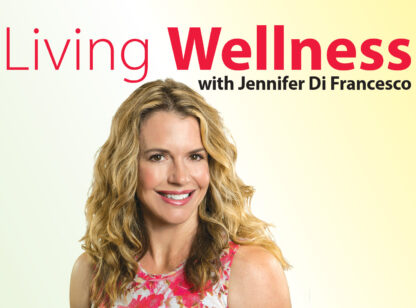

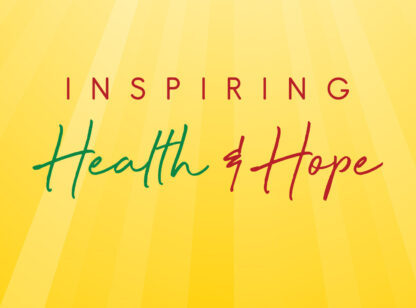

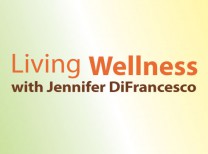
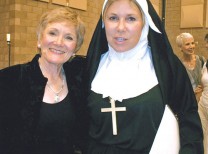



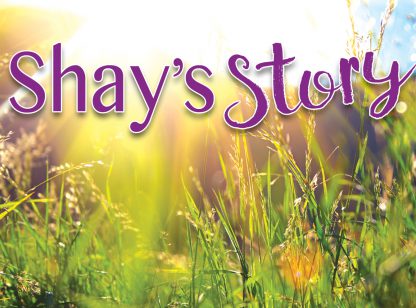

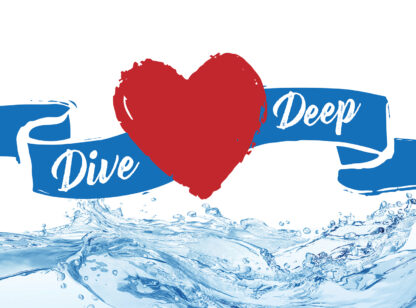
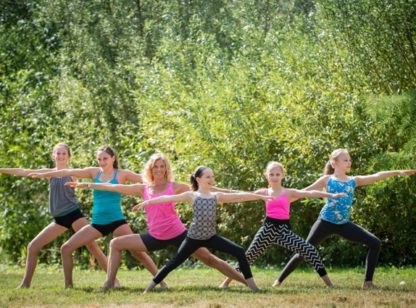
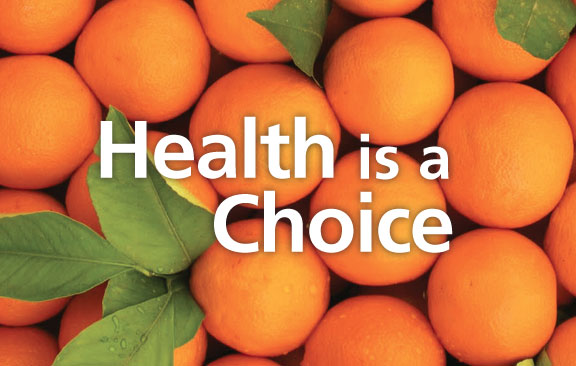

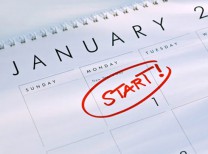




























Comments (0)